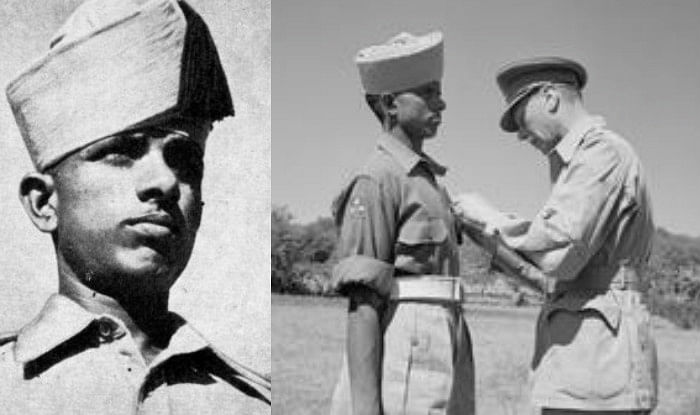
"They fight not for the lust of conquest. They fight to end conquest. They fight to liberate." President Franklin D. Roosevelt's voice emanated from radio sets on June 6, 1944 as the Allied forces invaded Normandy in the Northern coast of France. The D-Day, military code for the first day of an operation, flagged off 'Operation Overlord' which ultimately decimated the Nazi tyranny, liberated Western Europe and subsequently brought the Second World War to an end.
What ensued 75 years ago today, was the largest amphibious attack in history, spearheaded by the US, the UK and Canada, across five beaches - Utah, Omaha, Gold, Juno and Sword (code names) - in Normandy where the Allied forces landed. Overnight, around 7,000 ships and landing craft delivered a total of 156,000 men and 10,000 vehicles. As many as 4,400 troops died from the combined allied forces and some 9,000 were wounded or missing by the end of the day. The German casualties are estimated to be between 4,000 and 9,000 men, according to the BBC. The number of French civilian casualties in the battle of Normandy that followed is pegged at around 20,000. Most of them perished as a result of Allied bombing raids on French villages and towns.
While the world's attention was fixated on the West, there were rather significant battles being fought on Indian grounds that were drowned out - The Battles of Kohima and Imphal.
The Battles of Kohima and Imphal
Often referred to as the Stalingrad of the East, these battles were fought between March and July 1944 in India's northeast frontier between the Japanese Fifteenth Army and the British Fourteenth Army alongside its Imphal-based 4 Corps. The twin battles were one of the largest defeats for Japan on land and was voted as Britain's greatest battles by Britain's National Army Museum in 2013.
The Japanese army had its eyes set on capturing Imphal and creating an easy access between India and Burma (present day Myanmar) and interrupt air supplies to China. It would also give them a base from which they could conduct air attacks against India. The plan was to capture the British supply bases on the Imphal Plain and cut the road linking Dimapur in Nagaland and Imphal in Kohima.
The Japanese 15th Army, 85,000-strong, eventually lost 53,000, dead and missing, some on the battlefield, some due to disease and the others in the retreat back to Burma, from where they launched the attack.The British recorded 12,500 casualties in Imphal and lost another 4,000 while fighting in Kohima, according to the National Army Museum website.
For about four months, over 200,000 men tussled in the treacherous hilly terrain and the vallies of Manipur and Nagaland in what is considered as one of the most extraordinary fights of the Second World War.
- India's other connections with D-Day -
The Bangalore Torpedo and D-Day
The innocuous looking Bangalore Torpedo, a path-clearing metal pipe that could be filled with explosives and attached in multiple sections to steer clear of minefields and blow up barbed-wire obstacles, was extensively used by the US army during the D-Day operations. Each 'Bangalore' section was several feet long and weighed about 13 pounds.
Designed by Captain RL McClintock of the Madras Sappers or the Madras Engineering Group in 1912 right after the First World War, the Bangalore torpedo was used in warfare across the globe and continues to be used even today because of its compactness.
It has also found a place in popular culture with special features in D-Day-themed war films like Saving Private Ryan where Tom Hanks' character can be seen using the Bangalore in the bloody Omaha beach scene.
Sepoy Kamal Ram
The build-up to the D-Day saw a lot of battles being fought in Western Europe. One such instance was the Monte Cassino battle fought along the Gustav Line, a belt of German fortifications in southern Italy. The gallantry of a 19-year-old was the highlight of this particular battle in May 1944.
Sepoy Kamal Ram of the 8th Punjab Regiment of the British Indian Army volunteered to single-handedly deal with German machine gun posts that his Company was faced with after they crossed the Gari river to the south of Monte Cassino hill in Italy. He overcame the entire German position with his rifle and bayonet, killing some Germans and forcing the others to surrender.
Ram went on to become the youngest Indian to receive the Victoria Cross, the highest military decoration in the British Empire, for the act. The VC ribbon was conferred upon him by King George VI in July 1944 in Italy.